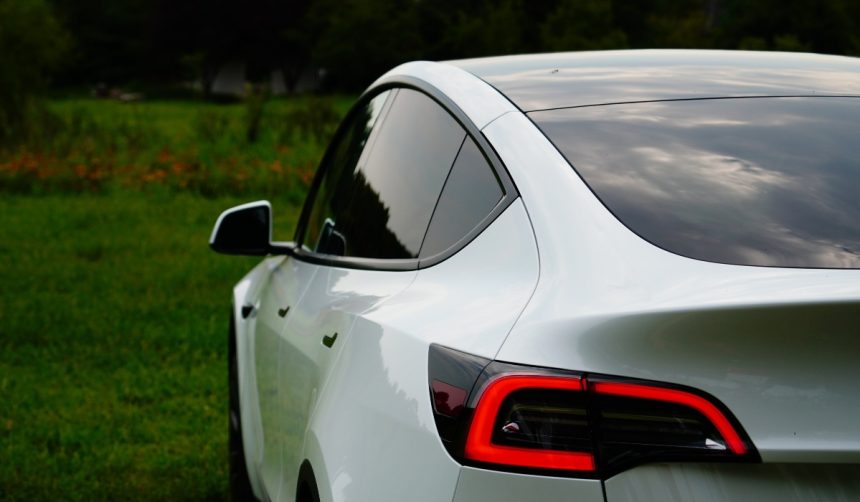Security protocols for high-profile business figures have again drawn attention following the recent death of Charlie Kirk, a known political commentator. This incident has fueled fresh anxieties surrounding the safety of influential corporate leaders, including Tesla CEO Elon Musk. Tesla’s leadership addressed these heightened concerns directly, reflecting on the numerous requests from both investors and the public for enhanced personal protection. As security costs and strategies come into focus, comparisons to procedures at other major tech companies are also emerging, signaling a broader discussion within executive circles.
Musk’s security arrangements have been debated before, with prior periods of increased political activism and controversy triggering temporary increases in protection. Industry sources previously reported that the company’s spending on Musk’s security, while notable, still trailed behind other tech giants such as Meta, which allocates significantly larger sums for its CEO’s safety. This difference in approach has been questioned by market analysts, especially when considering the similar public profiles and influence wielded by these leaders. The current recalibration stands out against this backdrop, reflecting a convergence of public events and internal risk assessments.
How is Tesla Prioritizing CEO Safety?
Tesla has openly focused on ensuring consistent protection for Musk, especially in recent weeks. Board Chair Robyn Denholm explained that the company has prioritized Musk’s security for several years due to his prominence and influence. She commented,
“It is something that we take very seriously; he takes it very seriously as well. So, again, from a board perspective, it is something we’ve discussed at length.”
The emphasis on this issue reflects deeper concerns shared by Tesla’s management and reinforces past commitments to executive security.
What Led to the Increased Security Details?
Recent political violence, with the assassination of Charlie Kirk, has directly influenced the decision to further upgrade Musk’s security detail. According to Musk, the measures being taken are a direct response to these threats, aiming to reassure stakeholders about the company’s ability to protect its leadership. Tesla’s expenditures for Musk’s security reached $3.3 million for 2024 and the first two months of 2025, a figure modest compared to other technology executives but significant enough to draw investor interest. Musk said,
“Definitely need to enhance security.”
How Do Other Tech Corporations Handle Executive Safety?
Tesla’s approach has been compared with those of its peers, especially Meta, which reportedly invested over $27 million in CEO Mark Zuckerberg’s security last year. These comparisons highlight divergent strategies that reflect differences in risk profiles, corporate cultures, and public exposure. Tesla continues to evaluate its protection policies as part of ongoing board-level discussions, weighing both financial and strategic considerations in its decision-making process. Denholm also noted,
“There is not anyone in a boardroom that is not touched by what has happened with Charlie Kirk.”
Estimations of executive security costs remain a subject of interest among shareholders, especially when high-profile events prompt rapid reassessments of protocol. The persistence of threats—especially in an environment where leaders like Musk have faced opposition—demands an evolving response from Tesla. While previous years saw fluctuating attention toward these issues, the company’s renewed focus suggests it seeks to address both immediate risks and broader reputational concerns.
Effective risk management for company leaders is an ongoing challenge, and recent events have pushed firms like Tesla to reassess their approach. Safety costs can vary widely depending on perceived and real threats, making it essential for organizations to remain vigilant and adaptable in their security planning. Readers interested in corporate security trends can note that companies evaluate not only direct threats but also stakeholder expectations and the wider business climate. By remaining transparent about security expenditures and strategies, organizations can build trust with both investors and the public, while also ensuring leadership remains protected in volatile environments.
- Tesla increased security for Elon Musk after recent high-profile violence.
- Security spending for Musk still trails Zuckerberg’s at Meta.
- Shareholders watch executive protection measures and rising expenses closely.










